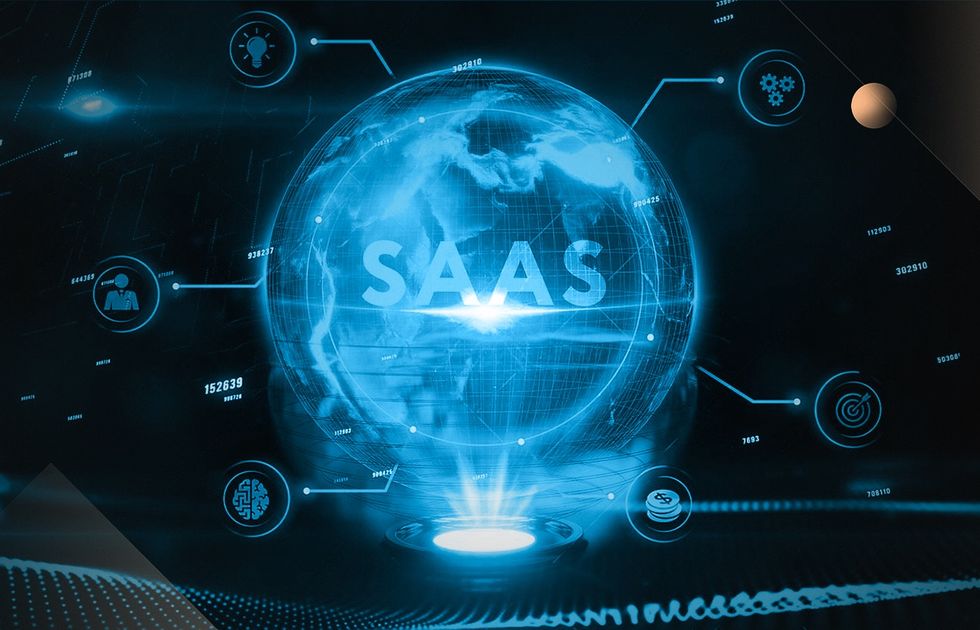The startup journey is a challenging one, with statistics painting a daunting picture.
According to a report by Startup Genome, approximately 90% of startups fail within their first year of operation. The reasons for this high failure rate are diverse, ranging from a lack of market need to poor execution and financial mismanagement. However, amidst these challenges, there exists a powerful tool that can significantly increase the chances of success for early-stage SaaS startups—Continuous Discovery.
Continuous Discovery, as a strategic approach, emphasizes the importance of understanding and adapting to customer needs throughout the development lifecycle.
In this blog, we will delve into how startup founders can leverage Continuous Discovery to set a directional outcome, build the habit of understanding customer needs, and, when necessary, break away from the traditional product-centric approach to explore untapped opportunities in the market.
Setting a Directional Outcome
One of the fundamental challenges for early-stage SaaS startups is navigating through uncertainty. Founders often grapple with defining a clear path forward in the face of ever-changing market dynamics. This is where the concept of a directional outcome becomes invaluable.
A directional goal serves as a North Star for startup founders, providing a guiding principle that helps align efforts and resources towards a common objective. This might involve defining a target customer profile, outlining a value proposition, or identifying key problem areas in the market. With a clear direction in mind, founders can embark on the journey of Continuous Discovery.
The process begins by interviewing individuals who match your target customer profile. These interviews are not just formalities; they are opportunities to deeply understand the challenges, pain points, and aspirations of potential users. By engaging in meaningful conversations, startup founders gain valuable insights that can shape the direction of the product development phase.
Simultaneously, mapping out the opportunity space becomes crucial. Continuous Discovery involves actively seeking feedback from real-world users, whether through surveys, prototypes, or early product releases. This consistent feedback loop allows startups to refine their understanding of the market, ensuring that they remain agile and responsive to evolving customer needs.
Building the Habit of Continuous Discovery
Continuous Discovery is not a one-time activity but a habit that successful startups cultivate. It involves an ongoing commitment to understanding customers, iterating on product concepts, and adapting to market changes.
Here are some key aspects to consider in building this habit:
- User-Centric Mindset – Startups should shift their focus from product-centric to user-centric thinking. Rather than starting with a product idea, begin by identifying a customer segment and understanding their pain points and preferences. This ensures that there is actually a demand for the product or service that you are looking to offer.
- Interviews and Feedback Loops – Regularly conduct interviews with potential users and existing customers. These conversations should be open-ended, aiming to uncover unmet needs and preferences. Additionally, establish feedback loops to collect insights from users interacting with prototypes or early versions of the product. Continuously doing so will provide you with take-off points for future updates and products to offer.
- Quick Prototyping – Leverage rapid prototyping to test and validate ideas quickly. This approach allows startups to gather feedback early in the development process, making necessary adjustments before significant resources are invested.
- Data-Driven Decision-Making – Embrace data as a guiding force. Use analytics and user behavior data to inform decisions, track customer engagement, and identify areas for improvement. SaaS startups have the advantage of gathering as much data through various tracking and reporting tools available in the market.
- Cross-Functional Collaboration – Foster collaboration between product teams, marketing, and customer support. Cross-functional teams can share insights and collectively work towards addressing customer needs. This will enable you to provide more targeted solutions in future updates, increasing the potential for higher engagement and bigger growth opportunities.
By implementing Continuous Discovery into the culture of the startup, founders create an environment where adaptability and responsiveness become ingrained in the organization’s DNA.
Breaking the Product-Centric Cycle
While many SaaS startups begin with a product idea, it’s essential to recognize when the traditional route isn’t yielding the desired results. If a solution isn’t gaining traction, it might be time to pivot and adopt a more customer-centric approach. This involves working backward—starting with interviews to understand why the current solution isn’t resonating with users.
- Customer Interviews for Insight – Conduct in-depth interviews with current and potential users to uncover the reasons behind the lack of traction. Are there unmet needs or pain points that the product is not addressing? What are the expectations and desires of the target audience?
- Mapping the Opportunity Space – Use the insights gained from customer interviews to map out the opportunity space. Identify gaps, emerging trends, and areas where the startup can pivot or enhance its product to better align with market demands.
- Evolution of the Product – Based on the mapped opportunity space, work towards evolving the product to better meet customer expectations. This might involve significant adjustments to the current solution or even a complete pivot towards a new direction.
- Iterative Testing and Learning – Implement changes in an iterative manner, testing and learning from each adjustment. Continuous Discovery remains a vital part of this process, ensuring that the startup stays connected to customer needs and preferences.
In the competitive landscape of SaaS startups, success hinges on the ability to navigate uncertainties and adapt to ever-evolving market dynamics. Continuous Discovery emerges as a powerful ally in this journey, providing a systematic approach to understanding customer needs, refining product offerings, and fostering an environment of innovation.
By setting a directional outcome, building the habit of continuous discovery, and breaking away from the product-centric cycle when necessary, early-stage SaaS startups can position themselves for long-term success. The journey may be challenging, but with a commitment to understanding and serving customers, startups can defy the odds and create products that resonate in the market. Continuous Discovery isn’t just a strategy; it’s a mindset that propels startups towards innovation, resilience, and sustained growth.
Unlock your SaaS Success with Expert Guidance
SaaS Architects is a coaching firm that helps struggling and aspiring SaaS startup entrepreneurs successfully navigate the world of application development, marketing, and sales. Through over 20 years in the software scene, we’ve built hundreds of apps for clients across various industries, learning from every experience.
Now, we are on a mission to make SaaS success simple and accessible for everyone. Our goal is to provide you with thorough guidance– from understanding the technical side of software development to leading you towards a sustainable and profitable business.


